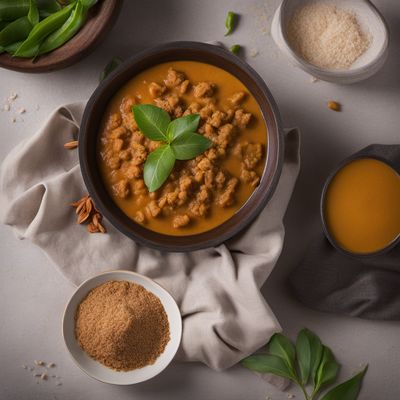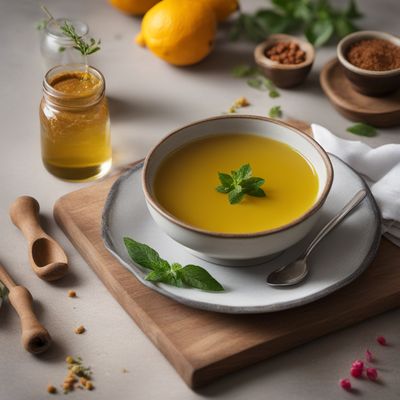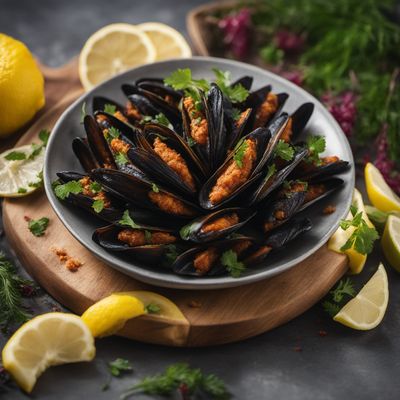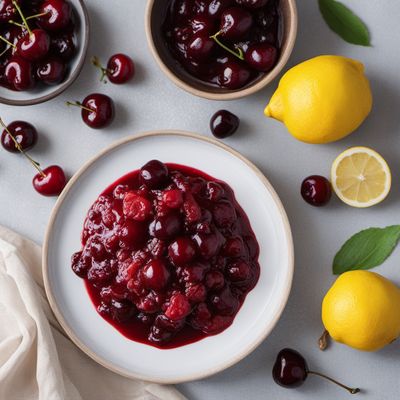
Ingredient
Vegetable fats and oils, edible
The Versatile World of Plant-Based Fats and Oils
Vegetable fats and oils, derived from various plant sources, are versatile ingredients that add richness, moisture, and flavor to both sweet and savory dishes. They come in various forms, including liquid oils like olive oil and solid fats like coconut oil. These ingredients have different characteristics, tastes, textures, and appearances, making them suitable for different cooking techniques and applications. Vegetable fats and oils are an integral part of cuisines worldwide, enhancing the taste and texture of everything from sautéed vegetables to baked goods.
Origins and history
The use of vegetable fats and oils dates back thousands of years, with olive oil being one of the oldest known oils used by ancient civilizations in the Mediterranean region. Over time, different cultures discovered and utilized oils from various plant sources, such as sesame oil in Asian cuisines and palm oil in African and South American cuisines. The cultivation and extraction methods have evolved, leading to a wide variety of vegetable fats and oils available today.
Nutritional information
Vegetable fats and oils are a concentrated source of calories, providing approximately 9 calories per gram. They contain essential fatty acids, such as omega-3 and omega-6, which are beneficial for heart health. Additionally, some oils, like olive oil, are rich in antioxidants and vitamin E, offering potential health benefits.
Allergens
While vegetable fats and oils are generally not allergenic themselves, individuals with allergies should be cautious of cross-contamination or additives that may contain allergens. Always check the label for any potential allergens.
How to select
When selecting vegetable fats and oils, look for products that are labeled as "cold-pressed" or "extra virgin" for higher quality and better flavor. Consider the intended use and choose oils with appropriate smoke points for different cooking methods. For solid fats, opt for those that are free from hydrogenation and trans fats.
Storage recommendations
To maintain the freshness and quality of vegetable fats and oils, store them in a cool, dark place away from direct sunlight and heat sources. Seal the containers tightly to prevent oxidation and rancidity. Refrigeration may be necessary for certain oils, such as flaxseed oil, to extend their shelf life.
How to produce
While producing vegetable fats and oils on a commercial scale requires specialized equipment and processes, amateur gardeners can grow plants like olives, coconuts, or sunflowers to extract small quantities of oil at home using a cold-press method.
Preparation tips
Vegetable fats and oils can be used in various ways, such as sautéing, frying, baking, or as dressings and marinades. When using oils for cooking, heat them gradually to avoid smoking or burning. Experiment with different oils to enhance the flavors of your dishes, and remember to use them in moderation to maintain a balanced diet.
Culinary uses
Vegetable fats and oils are widely used in cooking and baking. They can be used for frying, roasting, grilling, and sautéing, adding flavor and richness to dishes. They are also commonly used in salad dressings, marinades, and sauces, providing a smooth and creamy texture.
Availability
Vegetable fats and oils are commonly available in grocery stores and supermarkets worldwide. The specific types and brands may vary depending on the region and local culinary preferences.
More ingredients from this category
Recipes using Vegetable fats and oils, edible » Browse all

Mangalorean Catholic Cartellate
Crispy Sweet Delights: Mangalorean Catholic Cartellate

Warbat with a Twist
Saffron-infused Warbat Delight

Austrian-inspired Šelinka Schnitzel
Crispy Pork Schnitzel with a Viennese Twist

Chinese-style Crispy Pork Cutlet
Golden Crispy Pork Cutlet with Chinese Flair

Bruneian-style Potato Pancakes
Savory Potato Delights: Bruneian-style Pancakes

Crispy Turkish Fried Mussels
Golden Delights: Crispy Turkish Fried Mussels

Papanași with Sour Cherry Sauce
Decadent Romanian Cheese Donuts with Tangy Sour Cherry Sauce

Sudanese Cheese-Filled Pancakes
Savory Delights: Sudanese Cheese-Filled Pancakes with a South Sudanese Twist

Macheteadas - Honduran Sweet Bread
Crispy Delights: Macheteadas - The Sweet Bread of Honduras

Caribbean Chinese Style Seafood Fritto Misto
Island Fusion Seafood Delight

Thai-Style Omelette with Rice (Khao Khai Chiao)
Golden Thai Omelette Rice Delight

Tatar-Style Stuffed Wrap
Savory Tatar Delight: Stuffed Wrap with a Twist


